What Is Methylene Blue? A Look at Its Remarkable Health-Boosting Benefits
What if I told you that the same dye that was used to dye blue jeans their trademark denim blue color in the 1800s could be the secret to a happier, healthier, and longer life? While that might sound far-fetched at first, it’s actually true!
You see, a compound known as methylene blue was initially developed as a dye. But it’s quickly becoming a sensation in the world of health and wellness thanks to its extraordinary effects on the human body.
So today, we’re going to explore exactly what methylene blue is, the wide variety of benefits it can have for your well-being, how it exerts its health-boosting effects, and most importantly – how to go about choosing the right methylene blue supplement. Let’s dive in.
What Is Methylene Blue? And What Is It Used for?
Methylene blue is a synthetic compound named for its hallmark deep blue hue. Methylene blue was first synthesized in the 19th century and has since found applications in diverse fields – ranging from medicine to industrial processes. Here are a handful of the ways in which this unique chemical compound has been utilized:1
- In medical procedures: Thanks to its characteristic blue color, methylene blue is used widely as a contrast agent to stain tissues for microscopic examination (histology) and to visualize the urinary tract in certain diagnostic tests.
- As a dying agent: It’s also used outside of the medical industry to dye fabrics or as a stain in various chemical and biological experiments
- To treat methemoglobinemia: Methylene blue is used to treat conditions like methemoglobinemia – a rare blood disorder where the blood’s oxygen-carrying capacity is reduced due to increased levels of methemoglobin.
- In treating neurodegenerative conditions: In recent years, methylene blue has attracted attention for its potential as a therapeutic agent in treating neurodegenerative diseases like Alzheimer’s and Parkinson’s.
Methylene blue’s unique properties and diverse applications have made it a valuable tool in medicine, science, and industry. But this blue-hued compound’s benefits don’t end there. Methylene blue has also been garnering increased interest in the world of biohacking and performance enhancement thanks to some impressive effects it can have on just about every facet of your well-being.
What Does Methylene Blue Do to the Body? How Methylene Blue Exerts It’s Effects
Methylene blue is able to exert its health-boosting effects in a few different ways. Let’s zoom in on some of the most notable ways this fascinating compound impacts your body:
Mitochondrial Function and Energy Production:
Your mitochondria are the energy-producing powerhouses of your cells. Within your mitochondria is a system of proteins known as the electron transport chain. The electron transport chain is a mitochondrial pathway in which electrons are shuffled around – subsequently releasing energy in the form of ATP (adenosine triphosphate).
Methylene blue acts as what’s known as a redox agent or electron carrier within the electron transport chain. Meaning methylene blue facilitates the transfer of electrons, leading to increased ATP production – the primary energy currency of your cells. Improved mitochondrial function enhances overall cellular energy and optimizes cellular function.
Antioxidant Properties and Anti-Inflammatory Action:
Free radicals are reactive and unstable molecules that steal electrons from your healthy, stable cells. While free radicals are a natural by-product of many cellular processes, chronic inflammation can lead to an overflow of these unstable molecules. If free radical levels are left unchecked, they can begin stealing a surplus of electrons – leaving your cells damaged in a process known as oxidative stress.
Methylene blue acts as an antioxidant – neutralizing these harmful free radicals and pumping the brakes on inflammation. By scavenging free radicals and exerting potent anti-inflammatory effects, methylene blue helps protect your cells from oxidative damage and prevents the development of chronic diseases that stem from inflammation.
Nitric Oxide Regulation and Enhanced Cellular Oxygen Utilization:
Methylene blue can help supercharge your cells’ ability to function by optimizing the delivery of life-sustaining nutrients and oxygen. You see, methylene blue modulates the activity of nitric oxide synthase, which influences nitric oxide (NO) production. Optimal nitric oxide levels are essential for vasodilation – or the widening of your blood vessels. And widening of your blood vessels allows blood, nutrients, and oxygen to travel to every part of your body more effectively and efficiently.
Methylene blue also promotes efficient oxygen utilization – amplifying your cells ability to efficiently use available oxygen. This combination of effects can not only optimize function at the cellular level, but can enhance physical endurance and overall performance.
Neurotransmitter Regulation, Monoamine Oxidase Inhibition, and cGMP Stimulation:
Methylene blue is what’s known as a nootropic – a type of substance that can boost brain performance. It does this in a few distinct ways:
- Neurotransmitter regulation: Neurotransmitters are the signaling molecules your brain uses to communicate with other areas of your brain and the rest of your body. Methylene blue can enhance the release and reuptake of various neurotransmitters including serotonin, dopamine, and norepinephrine.
- Monoamine oxidase inhibition: Once neurotransmitters are released, they are broken down by an enzyme called monoamine oxidase. Methylene blue inhibits monoamine oxidase enzymes – thus increasing the availability of neurotransmitters.
- Increased cGMP: Cyclic guanosine monophosphate (cGMP) is a messenger molecule that plays a pivotal role in a number of functions throughout your body – and an especially important role in brain function. Methylene blue stimulates the production of cGMP in cells – elevating levels of this cognition-boosting compound in your brain.
This combination of effects can lead to improved mood, focus, learning, and overall cognitive function.
Neuroprotective Effects and Amyloid Protein Binding:
Neurodegeneration is progressive, and often irreversible damage to your brain and nerve cells. And in some cases, neurodegeneration can be accompanied by the accumulation of fiber deposits known as amyloid proteins – further hindering brain function.
Methylene blue has been found to have neuroprotective properties – shielding neurons from damage caused by neurotoxic agents, supporting nerve cell survival, and contributing to the prevention of neurodegenerative conditions. It’s also been found to bind to and stabilize amyloid proteins – slowing their aggregation and deposition in the brain.
With such spectacular impacts from head to toe, you’re probably wondering if there’s a catch – and if there are any concerning side effects that come along with taking a dose of methylene blue.
Side Effects and What to Expect When Taking Methylene Blue
When taking methylene blue for the first time as a supplement, you may experience various effects. While most of these effects are positive (like improved mental clarity, a boost in your mood, and elevated energy levels), there is a chance that you could experience some not-so-positive side effects as well, which may include:
- Urine discoloration: One common and harmless side effect of methylene blue is blue or greenish-blue discoloration of urine. This is normal and temporary, typically lasting a day or two after supplementation.
- Digestive upset: In some individuals, methylene blue may cause mild gastrointestinal discomfort, such as nausea or upset stomach. Taking the supplement with food can oftentimes help alleviate this.
- Headache: Rarely, some individuals may experience headaches or dizziness as a side effect – especially when taking methylene blue at higher doses.
- Interaction with medications: Methylene blue may interact with certain medications, including serotonin reuptake inhibitors (SSRIs) and other psychiatric drugs. For this reason, it’s essential to consult with your healthcare provider before starting methylene blue if you’re on any medications.
- Allergic reactions: While rare, some individuals may be sensitive to methylene blue and experience allergic reactions. If you notice any signs of an allergic reaction, such as rash, itching, or swelling, discontinue use and seek medical attention.
In general, the side effects of methylene blue are quite mild. But if you have any preexisting medical conditions or concerns about drug interactions, it’s a good idea to consult with a healthcare professional before adding methylene blue to your supplement regimen. It’s also crucial to ensure you’re choosing a high-quality methylene blue supplement from a reliable manufacturer.
So let’s dive into how to go about choosing the right methylene blue supplement.
How Do I Choose the Best Methylene Blue Supplement?
If you’re considering adding methylene blue to your supplement regimen, it’s important to know that not all supplements are created equally. If you’re looking for a quality methylene blue supplement that will actually be able to deliver on all of its amazing benefits, here’s what I recommend looking for:
- Pharmaceutical-grade: First and foremost you want to ensure you’re taking pharmaceutical-grade methylene blue that has documented purity and potency – not industrial-grade methylene blue that can be full of contaminants and other toxic compounds.
- Independent testing certifications: Look for a seal of approval from respected third-party labs like Good Manufacturing Practices (GMP), ConsumerLab, National Sanitation Foundation (NSF) International, or U.S. Pharmacopeia. These organizations inspect supplements and their manufacturing practices to ensure they are adhering to the highest-quality standards.
- Proper dosing: Your methylene blue dosage will depend on a few factors (like your size and history of methylene blue supplementation), so you want to be sure you’re taking a supplement that allows you to obtain a proper dose.
- Clinical proof: There’s not a ton of regulation when it comes to the supplement industry. So it’s important to look for brands that have scientific studies to back up their claims along with proof that their products contain the exact ingredients used in said clinical studies.

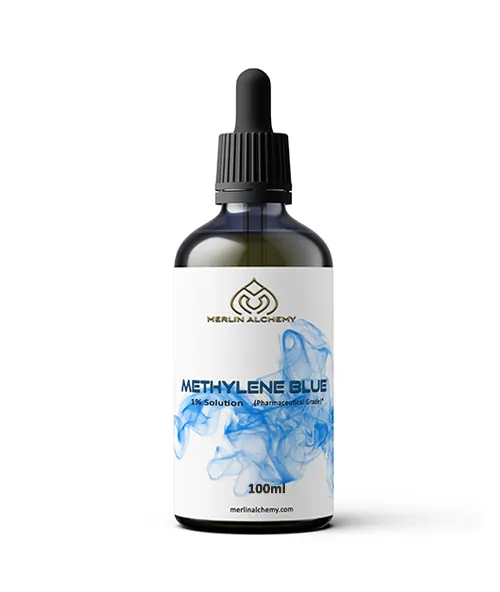
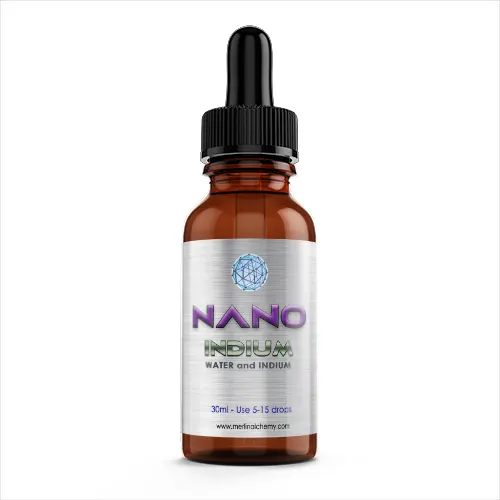
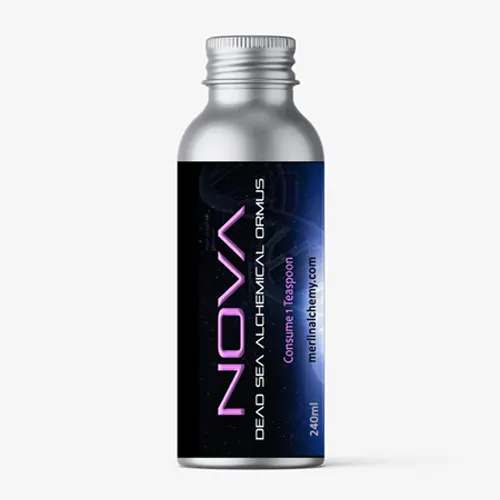
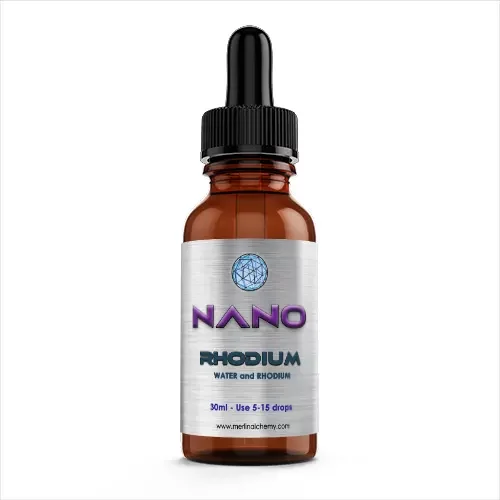
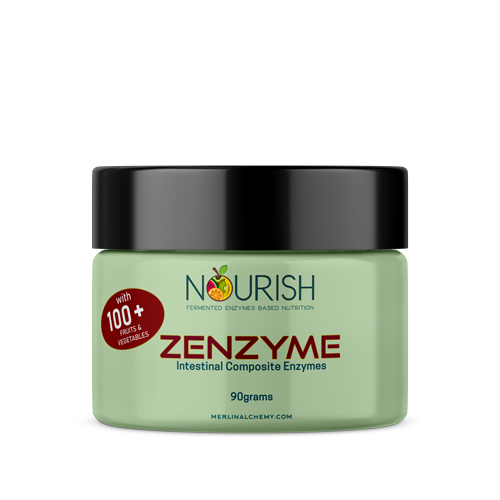
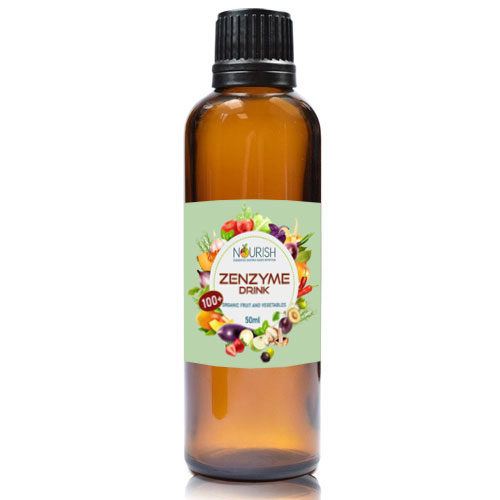
Reviews
There are no reviews yet.